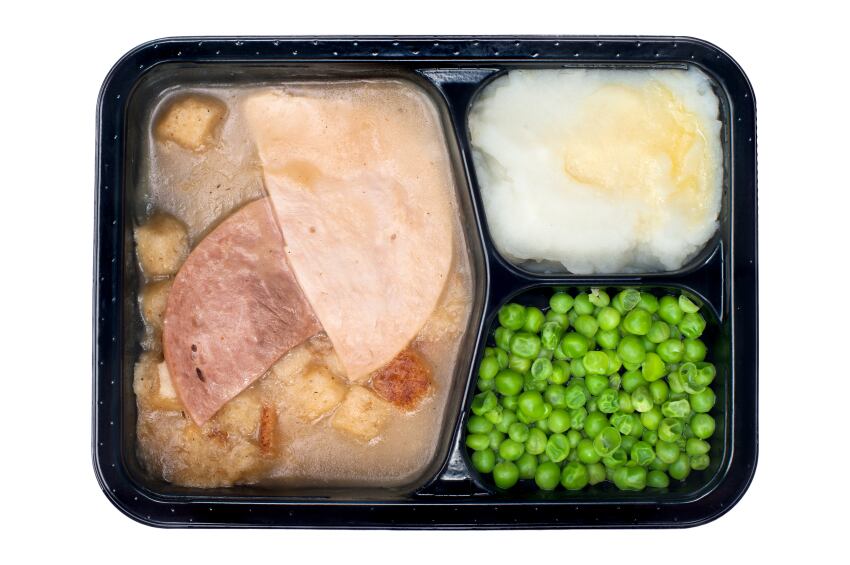The pleasure of seeing virtual food, known as ‘digital grazing’ or 'food porn' has in some ways superseded the pleasure of seeing the real thing - and it could be a driving factor behind the obesity epidemic by making us crave food when we are not hungry.
"The regular exposure to virtual foods nowadays, and the array of neural, physiological, and behavioural responses linked to it, might be exacerbating our physiological hunger way too often," write the researchers who reviewed current scientific findings and published their review in Brain and Cognition Journal.
Lead author of the report, Charles Spence is head of the Crossmodal Research Laboratory at Oxford University and has worked with some of the world’s largest food companies to develop products that effectively stimulate consumers’ senses.
Visual hunger – the natural desire or urge to look at food – is an evolutionary trait that helped humans identify nutritious food during hunter/gatherer times but is maladapted to our high-calorie food environment.
The blame game
And while global food companies are often blamed for driving obesity by producing addictive foods that hit the sweet spot for sugar, salt and fat, Spence et al. suggest that higher levels of exposure to images of high-fat food – through advertising, social media and television – are also changing our consumption patterns for the worse.

But consumers themselves are also contributing to the phenomenon by taking photographs of food and sharing them on social media sites such as Instagram, Facebook and Twitter.
“While some might be tempted to see this as the fault of industry/marketers, it is important to remember, given the growing popularity of consumers taking pictures of food, that the problem here would appear to be, at least partly, self-inflicted,” the authors write.
Looks are important
The appetising visual cues are often more favourable and desirable than the foods themselves – but also more unrealistic, and the appearance can be the most important factor taken into consideration by the food industry.

“From restaurants to supermarkets, from stories in the press through to the sides of product packaging (…) many such food images tend to be much more appetising than the actual products that they portray. In some cases, dishes are created solely with the visual aesthetic in mind.”
Previous research has determined that external food cues, such as the sight of appetising food, can evoke the desire to eat even if the individual is not hungry.
Food is one of the most effective stimuli for changing brain activity in hungry participants. A 2004 study by Wang et al. found that the sight and smell of appetising food led to a 24% increase in whole brain metabolism – and significant changes in neural activity can also be seen if a participant is simply shown a photograph of an appetising food on a computer screen.
Another study found that obese or overweight individuals may anticipate more reward but experience less sensory pleasure from eating than healthy weight individuals, shown by greater levels of activation in the gustatory cortex and in somatosensory regions.
But Spence et al. say that if visual stimulation is used in the right way it could have a positive impact on food consumption – encouraging young children to like vegetables simply by exposing them to more pictures of vegetables.
Source: Brain and Cognition
Published online ahead of print September 2015, doi: 10.1016/j.bandc.2015.08.006.
“Eating with our eyes: From visual hunger to digital satiation”
Authors: Charles Spence et al.
